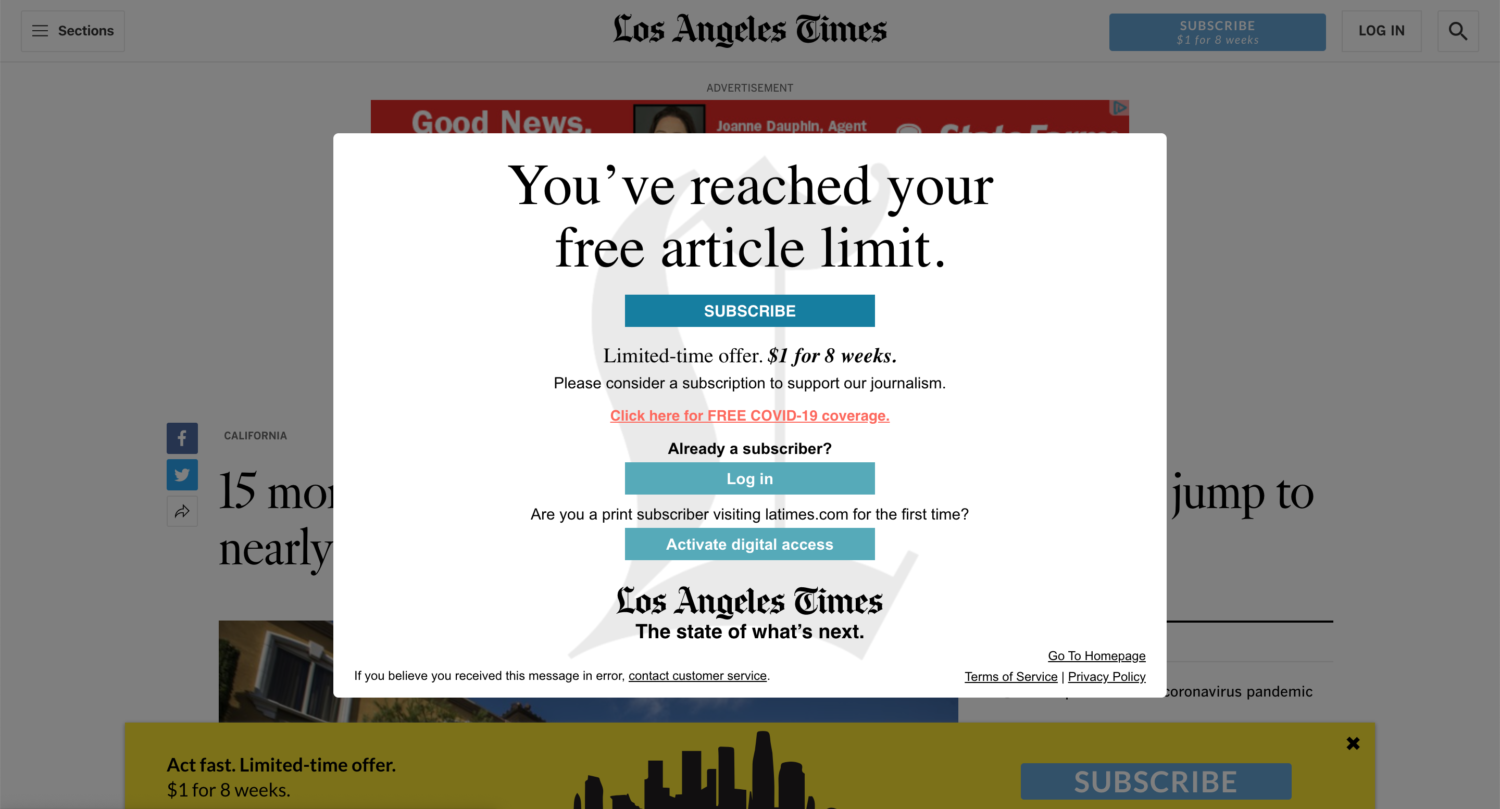
When you read the news online or download a scholarly article, you are consuming information that required the investment of resources (money, people, time) to produce.
Academic institutions, government bodies, and companies produce information on a regular basis. Employees with the necessary expertise are hired to undertake the work of creating, verifying and distributing information. This work takes long hours and requires collaboration among many different people and organizations. Money supports the investment of equipment and pays the salaries of many participants in the process.
Discussing these two articles about newspaper paywalls can help us understand the economic dimensions of information.


